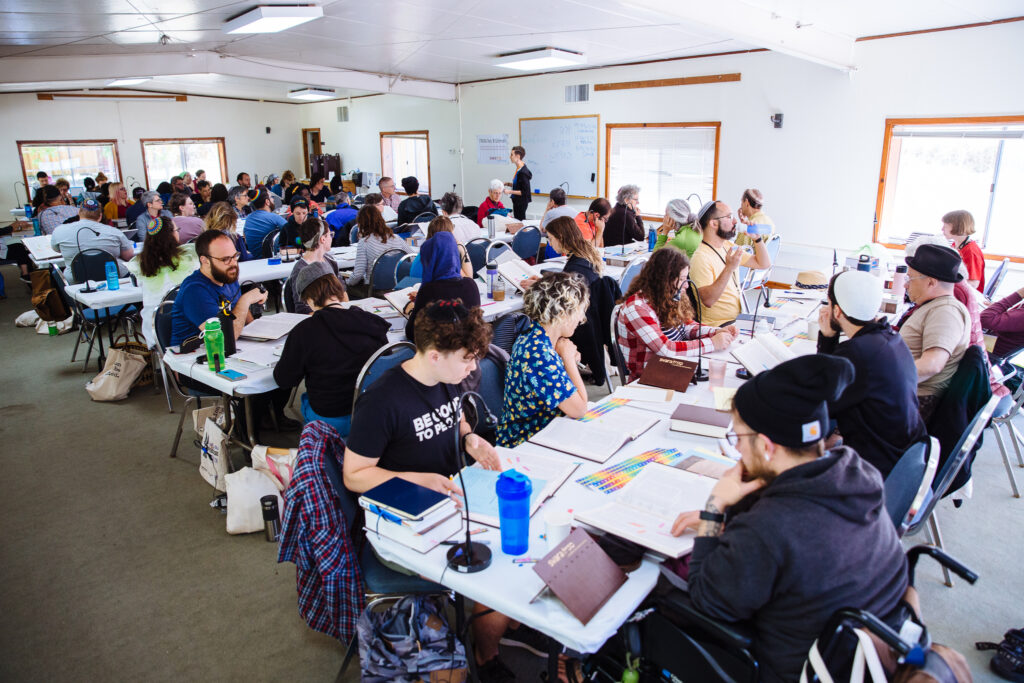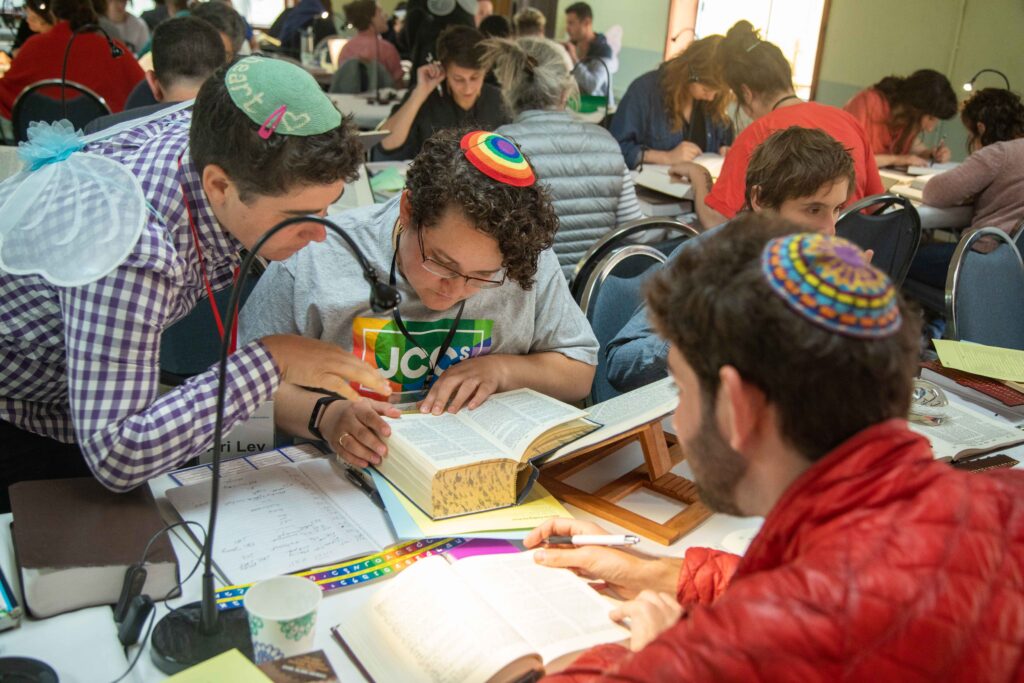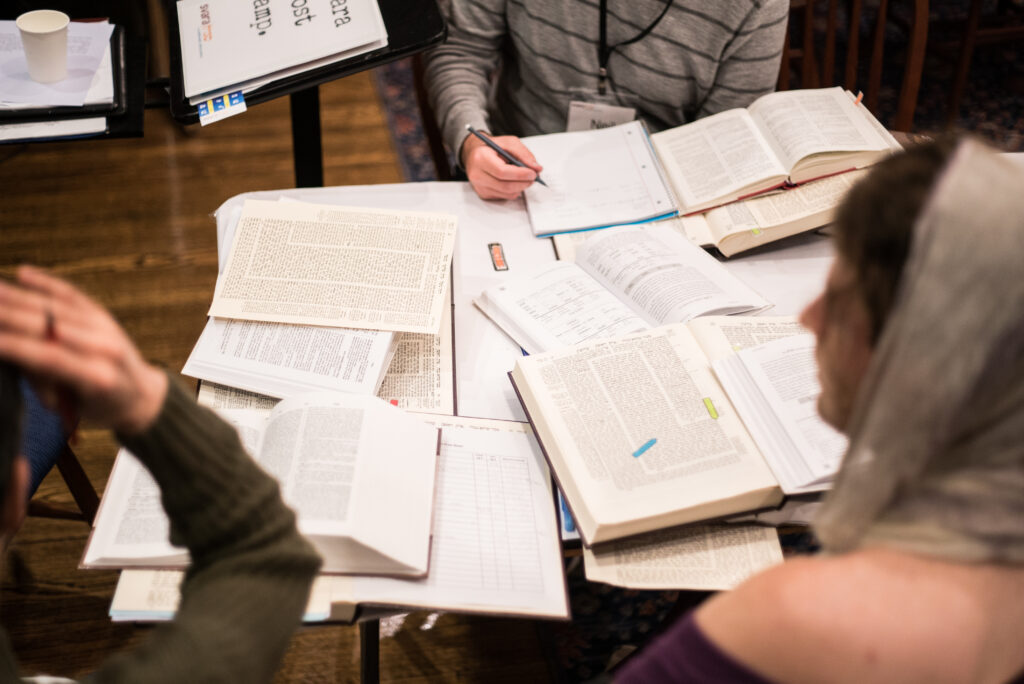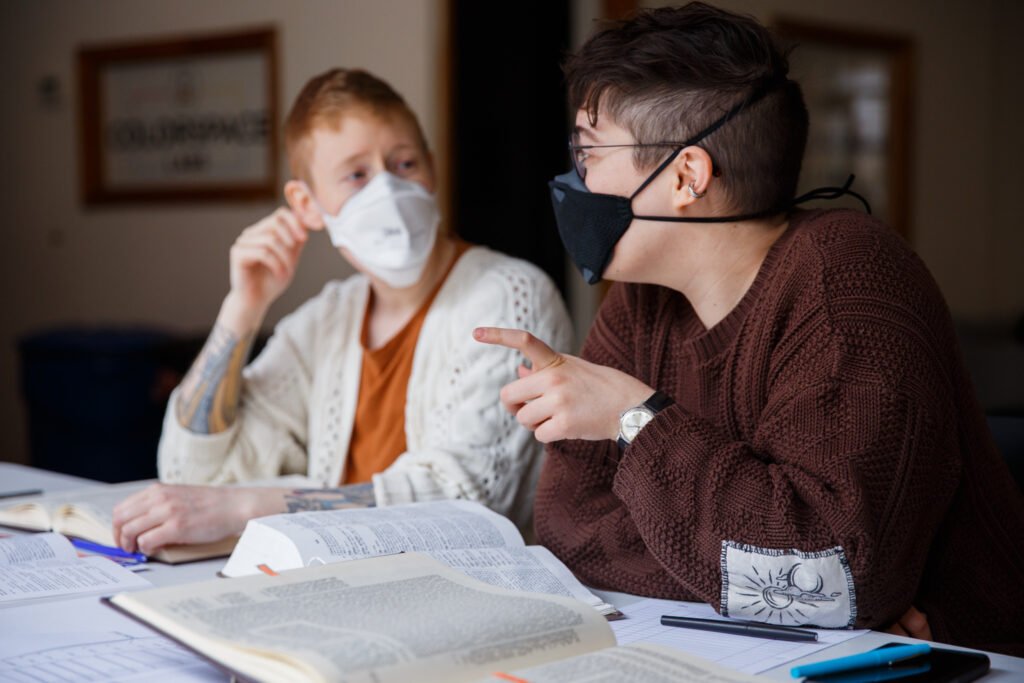For years, people would ask me if I wanted to be a professor. Perhaps that question stems from a deep knowing that folks in my circles have about me: that I love teaching Torah, that nothing makes me feel more alive and aligned than when I am teaching those who seek to drink from the Torah’s well of wisdom. I would always deflect the question as I sought to disregard the piece of me that wondered if maybe, just maybe, I’d one day find myself creating a lineage of students of my own.
I am finding myself beginning to create that lineage as I embark on teaching Torah in a new-to-me setting this fall. I am filled with immense eagerness and excitement as I begin this new chapter, knowing that just as I have to teach, even more do I have to learn. As we learn in Pirkei Avot—the ethics/chapters of the ancestors—4:5:
אָמַר רַב נַחְמָן בַּר יִצְחָק: לָמָּה נִמְשְׁלוּ דִּבְרֵי תוֹרָה כְּעֵץ, שֶׁנֶּאֱמַר: ״עֵץ חַיִּים הִיא לַמַּחֲזִיקִים בָּהּ״, לוֹמַר לָךְ: מָה עֵץ קָטָן מַדְלִיק אֶת הַגָּדוֹל, אַף תַּלְמִידֵי חֲכָמִים קְטַנִּים מְחַדְּדִים אֶת הַגְּדוֹלִים. וְהַיְינוּ דְּאָמַר רַבִּי חֲנִינָא: הַרְבֵּה לָמַדְתִּי מֵרַבּוֹתַי, וּמֵחֲבֵירַי יוֹתֵר מֵרַבּוֹתַי, וּמִתַּלְמִידַי יוֹתֵר מִכּוּלָּן.
Rav Naḥman bar Yitzḥak said: Why are Torah matters likened to a tree, as it is stated: “It is a tree of life to them who lay hold upon it” (Proverbs 3:18)? This verse comes to tell you that just as a small piece of wood can ignite a large piece, so too, minor Torah scholars can sharpen great Torah scholars and enable them to advance in their studies. And this is what Rabbi Ḥanina said: I have learned much from my teachers and even more from my friends, but from my students I have learned more than from all of them.
The Jewish tradition places tremendous importance on the teacher-student relationship because we aren’t merely imparting knowledge abstractly. We are, rather, allowing our students to become molders and shapers of the tradition, even and especially when the mold they create doesn’t fit us. Our goal as teachers isn’t to create students in our own image, G-d-forbid. It is to show our students how to access the tradition, the tradition we have put so much of ourselves into, so that they can one day create and continue our lineage, one teacher and student at a time.
It would be spiritually dishonest of me not to say that I am holding some anxiety about this prospect. It is one thing to know abstractly that folks I have encountered in different learning spaces might have been impacted by my work. It is another thing entirely to engage in the very human and intimate process of passing down this beloved tradition to the next generation of students directly. I have the tremendous honor of teaching the next generation of rabbis and teachers of Torah who will, I pray, serve the Jewish community and indeed the wider world from a place of deep integrity and love of and for the tradition, combined with an ability to wrestle with what we have inherited. It is another to think of my students as being part of a lineage. How do I couple this with my honest desire to teach Torah lishma, for its own sake?
I remember all-too-well what it was like to be beginning my own journey into the rabbinate. I remember my fierce insistence that I had to push back against all forms of oppression in our ancient textual tradition because, if I didn’t, I was failing to be the most values-aligned rabbi I could be. Everything had to be *perfect*, absolutely *perfect* and if it wasn’t, or if a professor or fellow student slipped up honestly, my inner world would come crashing down.
Baruch HaShem I have been in the field for half a decade now and am able to think back on those earnest years knowing that I was holding so much trauma, so much hurt and anger, and had nowhere to process it—or so I thought. It takes a village to raise a rabbi, as they say, and I had a village from the moment I began the inquiry into rabbinical school, even when I truly could not understand that.
We are blessed to live at a time of so much Jewish flourishing, even amidst our crumble and crash. We witness this happening at SVARA, most certainly. Our people need spiritual leaders and guides who honestly reflect their lived experiences. This is going to mean that inevitably, the tradition is going to change. That change might not be comfortable at times. And it is deeply necessary if our tradition is going to thrive far into the future, which I believe with perfect faith it will despite the challenges we face today. I choose each day to act out of a place of profound, unshakeable Jewish joy and it is from this place, I pray, I am able to teach my students. Jewish joy as I have come to understand it is not equivalent to western notions of happiness or a fleeting sense of “feeling good”. It is the choice to live one’s life and teach from a place of profound trust that this tradition has survived for nearly 4,000 years, and though we don’t know what the future holds—and there is very sound reason to feel that we are headed towards an abyss purely of our own making—we can choose to carry forward the tradition. We can choose to take our place in it, for it is a tree of life to all who take hold of it. I choose to cling to it, to teach her paths of pleasantness, to wrestle with her paths that cause me to shed tears or want to walk away. In that wrestling do I — do all of us — create a relationship with Torah, and like all relationships, it will have its highs and lows, closeness, and distance.
I bless all my students and all of those who learn Torah lishma that we come to form our own intimate and unique relationship with Torah. Even in our lowest and hardest moments, when we feel a sense of acute absence, may we know that we can return again, again and again. Turn it, turn it, for everything is in it.







